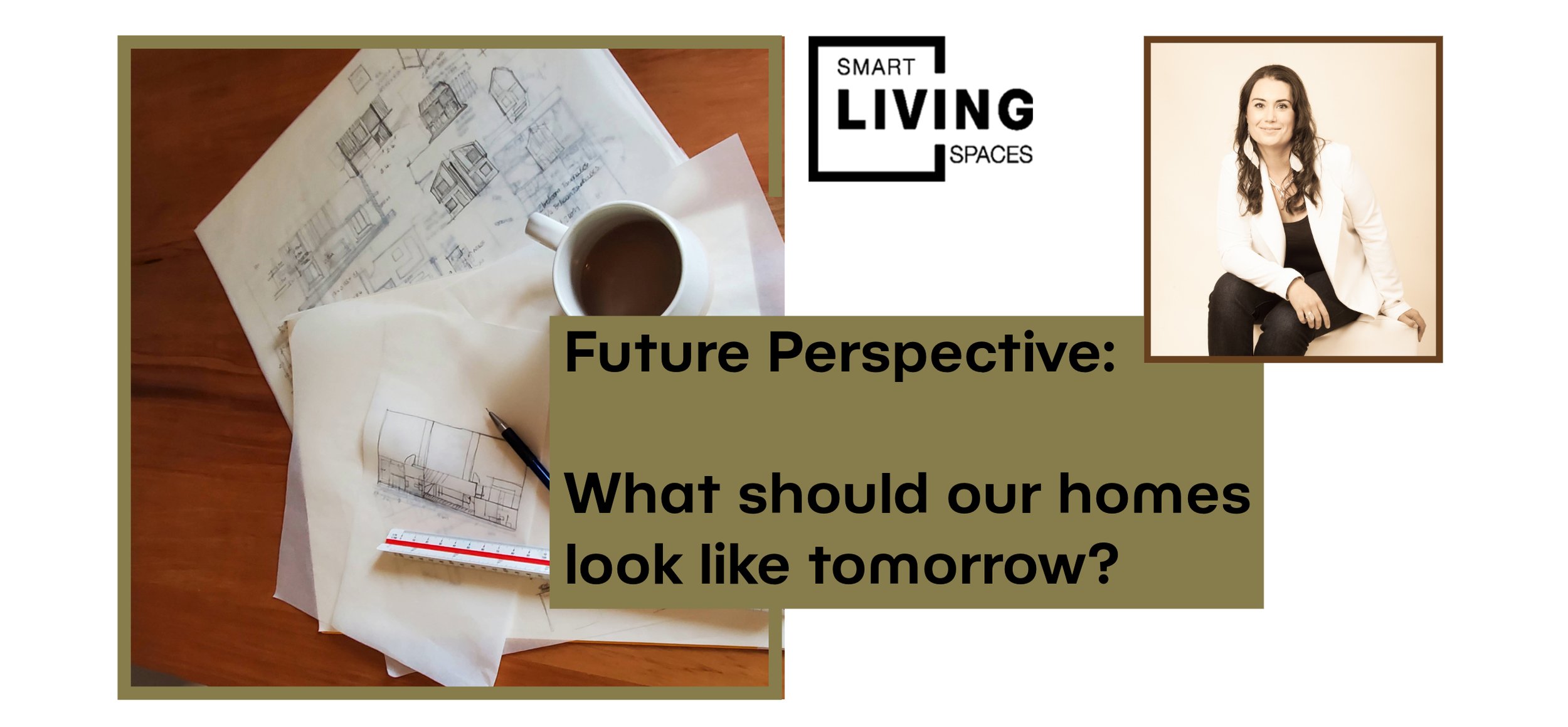Welcome to the Smart Living Spaces blog — a collection of thoughts, tips, and insights on how we can design and live better in Aotearoa.
Here you'll find articles on Passive House, Homestar, energy modelling, healthy homes, and the everyday realities of sustainable architecture in New Zealand. Whether you're a homeowner looking to improve your space or a fellow designer exploring better building performance, I hope these posts offer something practical, empowering, and real.
Because good design isn't just about buildings — it's about people, comfort, and creating spaces that work for the long term.
The problem with high performance homes
“Unless your design has been evaluated with energy modeling, there is no way to actually understand the performance. Energy modeling, no matter what software you use, needs data and calculations to produce energy use numbers. It’s not fancy 3D modeling and it’s not sexy beautiful design features, it’s mathematics. Simply put, no matter how lovely your home looks, or how much that insulation costs, if the numbers don’t stack up, it’s not high performance.”
“If you think my fees expensive you don’t know the true cost of a cheap job.”
Tendering may look like the best way to get a good deal, but as an Architectural Designer I’ve seen the hidden costs. This blog explores why negotiating with the right builder often leads to better relationships, fewer surprises, and real value for your project.
How Valuable Will Your Home Be in a Few Years?
Whether you're building or buying, your home is likely the biggest financial investment—or liability—you’ll ever make. And since the value of a home is ultimately determined by what someone is willing to pay for it, it’s worth asking: what might impact that value in the next few years?
We often assume our home will increase in value over time. But with a building code that hasn’t seen significant change in over a decade, that assumption may no longer hold true.
6 Questions to Ask Your Builder to Check if You Are Getting a Quality Home
Its easy to believe the answers a builder might give you when you are talking to them about building a new home. I have written this blog so you can be empowered to understand what level of quality your builder is talking about and decided if that’s the level of quality you are expecting to get.
Building or Renovating? Don’t Miss These 7 Game-Changers
Thinking about building or renovating? Before you dive into floor plans or finishes, take a step back. This blog breaks down the 7 things that truly matter if you want a home that’s healthy, comfortable, and affordable to run—now and into the future.
Starting the Architectural Process Doesn’t Have to Be Scary
Starting a new build or renovation? It doesn’t have to be overwhelming. In this guide, I break down the architectural design process—step by step—so you can feel confident, stay on budget, and bring your dream home to life without the stress.
THE TOP 5 REASONS TO CHOOSE SMALL SMART SPACES - Unlocking Building Better for Less for Everyday People
Discover the top 5 reasons why Small Smart Spaces is transforming how everyday people build better homes—for less. From faster design to lower power bills and smarter finance options, this blog breaks down how you can create a healthy, high-performance home without the stress, cost blowouts, or compromises of traditional building routes.
THE TOP 3 REASONS TO DO A LEAST A HOMETAR 6 (AND HOW IT HELPS YOU GET AN AFFORDABLE HOME)
As an Architectural Designer and Homestar Professional, this is why I recommend doing Homestar. Our homes are biggest financial investment or the largest financial liability we make in our lifetimes. Most people don’t want a grand design, they want a healthy comfortable and affordable place to call home for their family.
So here is how Homestar and great Architectural design can help you achieve that.
7 Ways Passive House creates healthy homes in line with World Health Organization standards
We cannot wait for the law to give us permission to build better and we have the tools, expertise, skills and means to start doing better today. There really is no excuse to not do things better. Passive House construction is estimated to be 5-10% more than minimum legal compliance builds. Increasingly there are designs, systems, products and people who are finding and creating smarter ways to create better for the same as minimum. The increased costs is something we can solve, creating quality by minimums is something that we cannot.
7 Gaps in our Building Code
I hear many builders, designers, architects, developer say that when the public ask for building better, then they will provide it.
And I also hear the same people say, that until legislation raises the standard, they will continue to do what they always done.
I am big on change, and doing better and I also have this determined streak to make it happen. We have the tools, systems and skills to do better, but when we ask the public to push change we use you as an excuse for status quo. Because its not your role or job to know about how to build better, that’s why you rely on Architects, designers, builder and developers. But, if you don’t know better, you cannot ask for better.
Building better products and systems.
Building better Products to create great Architecture
I often see substitutions made on architectural projects by builders and what happens is that the client misses out on a better preforming building because they were convinced by someone that they should settle for status quo. If the way we were building was creating better preforming buildings easily, don’t you think we would already be creating healthy comfortable and energy efficient homes?
Future Perspective
Future Perspective: What should our homes look like tomorrow?
As I sit in my little studio, viewing the construction sector mostly through my social feed on my computer, I ask myself if New Zealand is really ready for the great change that is looming in our residential and commercial buildings.
And so while the politicians argue about policy changes, I day dream for a moment to visualize what our future homes should look like to be not only affordable but livable and keeping in line with international climate commitments.
Here are the 7 ways our buildings Architecture is going to change in the coming years.
Less is More
Less is more: 6 Ways to improve your homes performance in the Architectural design. How to get a better home without breaking the bank.
One of the biggest misconceptions in our design and construction industry is the notion that better performance means more. More complication, more money and more systems. That simply is a big fat myth. Building performance is intentional, driven by the design (the cheapest place to get it right) and often about making things simpler, not more complicated.
6 Things I get clear with my Clients before starting their Concept
I once had a potential client tell me, “Just draw it.” My response, was just “just draw what?”
A bit of a back story, the client thought the process was simple and that the drawing he was expecting to see would just magically happen without investing in all the steps of the Architectural Process.
So often Plans are seen as a product, something you pay for. The Plans are in fact the instructions. If you aren’t clear on what you are creating, the instruction might lead to something you were not expecting. “The Architect didn’t listen to the budget” or “it’s not what I was wanting.”
Before we start developing the instructions, we need to develop the vision. And before we can develop the vision, we need to establish the expectations and parameters.
Here are the 6 things that I get clear with my clients before I start to create their vision into a Concept Design.
6 Ways Passive House fills the gaps in our Building Code
Our New Zealand Building Code is perceived by many to create a healthy comfortable family home. But there are gaps in the code that means this isn’t a guarantee. Learn how Passive House fills the gaps left in the NZBC from an Architectural Design perspective.
6 Signs of an Unhealthy Home
In a recent conversation I was asked “how does someone know what a healthy home feels like?” It’s a great question. Health and comfort are intangible concepts and are firmly rooted in our experience. At Architecture School I was told as a Designer I should be an agent of social change. But how can you help affect positive change in peoples homes when they haven’t experience anything better than what they currently have.
Passive House and Off Site. The value of collaboration
Passive House and Offsite. The powerful potential of Collaboration for real affordable Architectural Design.
5 Questions to ask about Square Meter Rates
5 Questions to ask about square meter rates when it comes to Architectural Design and Building in New Zealand
Paying off your mortgage faster with Homestar 6
I recently had some push back on a social media post about lower interest rates and how Homestar can help you pay off your mortgage faster. I realise that an Architectural Designer talking about interest rates and mortgages may seem mismatched, so here is the back story.
The New Zealand Building Code and its perceived performance assumptions
Pathway to building better with Architectural Design



















